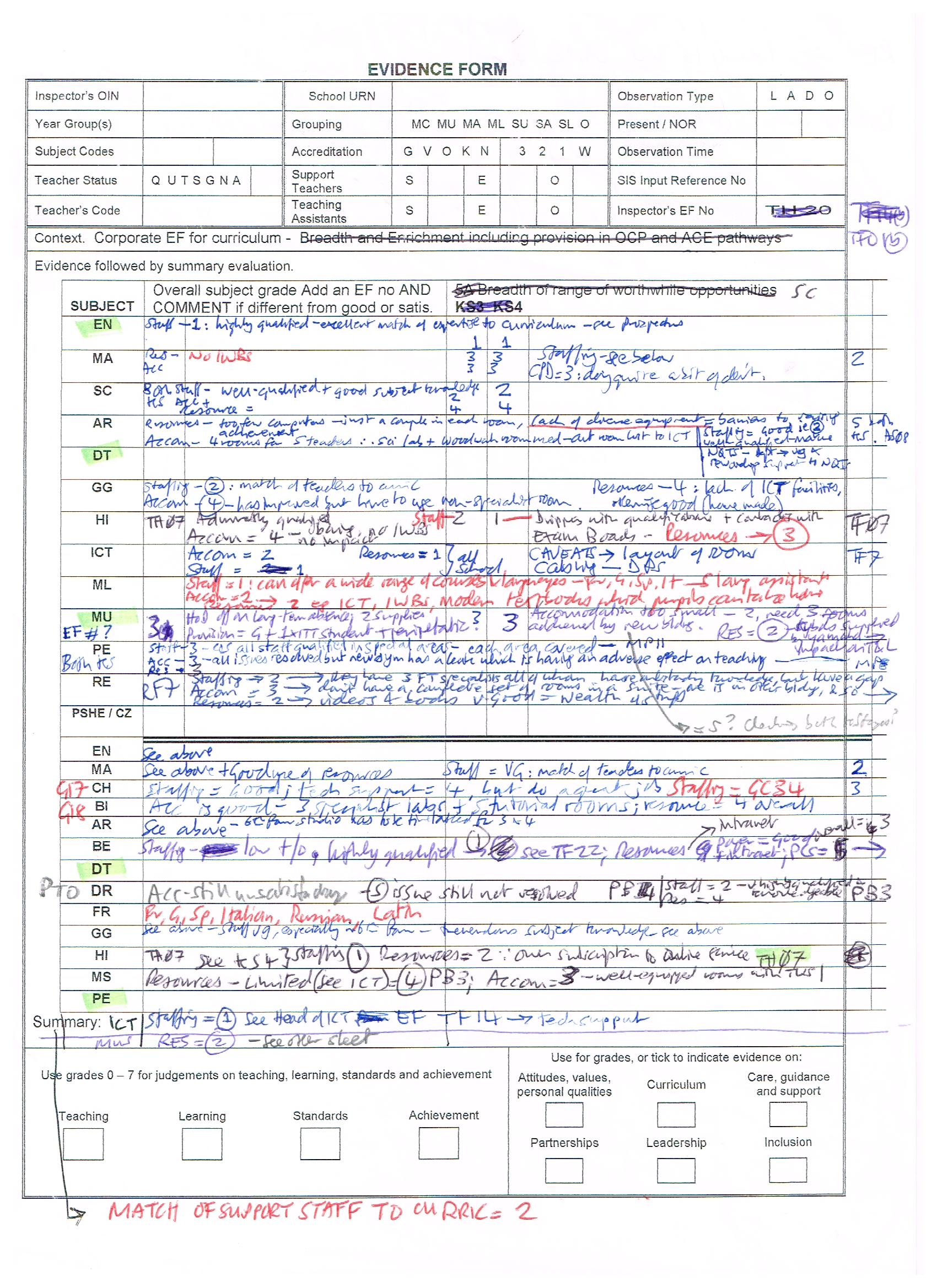Introduction
Whether you are moving to a new school, or staying where you are, it’s good to stand back and try to gauge what the school’s Computing is like. Why you would want to do that if taking up a new post is obvious: you want to see how the land lies so that you can start to identify any improvements that could be made.
But why would you want to do that if you’re already well-established in a school? It’s really that things you put into place some years ago may be still in place not because they’re useful, but because they have become a kind of tradition, part of the furniture so to speak. There’s nothing to lose, and much to gain, from carrying out a fresh evaluation at least once a year.
Criteria for education technology in the school
The following criteria are not inspection criteria or anything like that. They are simply a “quick and dirty” checklist of aspects to look at.
Is education technology being used a lot by pupils in a wide range of lessons?
Is the technology exciting, innovative, attractive?
Is it being used well, ie in the service of learning, as opposed to being used as a means of keeping pupils occupied?
Is it making a difference to pupils’ attainment? This is a difficult one, because how will you find out? The easiest way would be to ask colleagues who are using it well what difference they think it makes, and why. Ask pupils too – and their parents.
What does the technology look like? Let me give you an idea why this is important. There are lots of internet cafés in London, and I almost never go into any of them. Why not? Most of them look seedy, dirty and dingy. They may not be those things, but they look like they are, and I for one have no inclination to find out from personal experience where the truth lies. So take a look at your technology facilities. If you have a computer room, does it look like a battle zone? Are the keyboards on your laptops filthy? Are the rooms and other facilities welcoming? For example, is there plenty of guidance available for “newbies”?
How many subject leaders are using technology? If the answer is “not many”, it may be that there is a cultural resistance that you will need to address.
How many members of the senior leadership team are using technology? If the answer is “not many” then even if they are very supportive this is something you will need to try to address, because ideally the senior leadership team should lead by example.
What’s going on beyond the school gates, but within the school community? Are the Governors supportive, for example? What are parents’ expectations? Is there a digital divide which needs to be addressed?
Finally, what does it actually feel like? To use a 1960s hippy vernacular, what’s the vibe?
Criteria for Computing in the school
What’s the Computing scheme of work like? Interesting? Challenging? Broad and balanced?
Where the subject is optional, how many students choose it? What’s that as a proportion of the entire cohort?
Are there different courses on offer, such as the iGCSE as well as the GCSE?
Do girls opt for the courses in significant numbers?
How does attainment differ as between different kinds of pupils, such as girls/boys, pupils on free school meals/not on FSM and so on.
Do pupils who do courses then opt for further courses, such as at a higher level?
Does a significant proportion of pupils who do Computing go on to study it further at college or university?
Are the Computing courses fully or over-subscribed?
One of the services I offer is an independent evaluation of a school’s education technology or Computing provision. Please see this consultancy page for more details.
The illustration at the top of this article is a scan of an Ofsted Evidence Form (EF) on which I noted details of a school’s education technology provision across all subjects. The data has, of course, been anonymised.
Your newsletter editor is hard at work sifting through the submissions for Digital Education, the free newsletter for education professionals. Have you subscribed yet? Read more about it, and subscribe, on the Newsletter page of the ICT in Education website.We use a double opt-in system, and you won’t get spammed.

